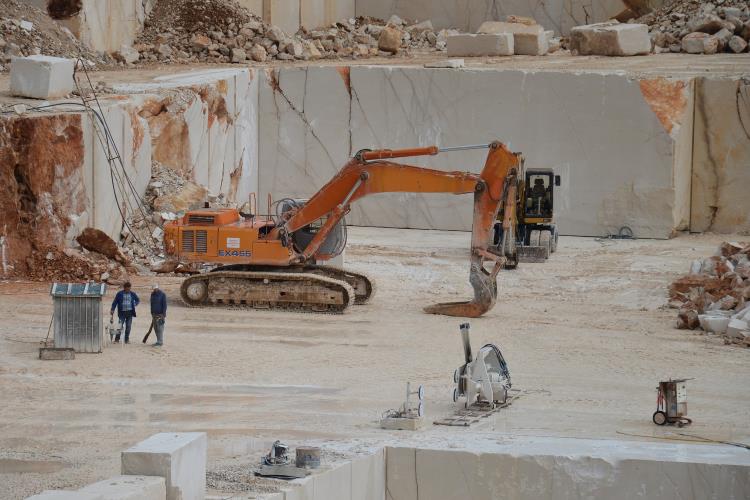Safe Product Handling Important For Profits
In today’s modern world, customer needs and wants continue to change, influenced by trends in design. Countertops become larger and custom requests become more common. For fabricators working directly with end customers and designer, there are more demands for custom and innovative designs than ever before. To keep up with these trends, stone fabricators must keep their offerings and tools current and relevant.
While design and timetables are important, concerns for safety in material handling and transportation remain important. In terms of the shop environment, tools and materials are evolving, changing and including safety features. Putting safety first is important and adds value to the product. Safety procedures pay off in lower costs to the fabricator, fewer operator accidents and injuries, more precise cuts and fabrications being completed in a timely manner.
Machine load capacities, simplified operation of mechanisms for both sling and strap applications and well designed and well-placed safety posts all combine to improve safety and have a positive impact on productivity and profitability. In addition, online safety and instruction videos along with other safety training materials are now virtually available easily. Internet-based training materials and videos are easily available to all and fill a need for understanding basic manufacturing concepts and safety standards.
While safety is the first and primary concern in using granite tools, granite blades and quartzite blades, safe operations will increase the profitability and productivity of an individual worker and a fabricating facility. Time in processing can be reduced, along with expenses of manufacturing, with enhanced safety practices. The safe and economical process of prepping, cutting, finishing, storing and transporting finished goods is impacted.
Let’s trace an average job through the fabrication process. Careful work processes and procedures reduce waste of material and time while adding value to the finished product. This starts with the receipt of a truckload of stone slabs at the doc. After unloading, the slabs are held for inspection, usually away from the area s dock area. Once inspected and selected for a project, the slab must be cut. This requires that the slab is moved to a work table for layout and the actual cutting. Then the stone is moved to the fabricating and polishing area of the shop. When that work is finished, the piece or pieces are moved again to prep for shipment and transported to the customer’s location.
This process means that it is possible for a slab to make several movements through the shop. Every fabricator knows that every time you move or stage a slab for processing, it simply increases the chance of damage to the slab. Not only are there opportunities for safety issues to occur, the constant moving of slab adds time to the process and could possibly move out the estimated delivery time to the customer.
Now that we know that safety is important and contribute to the cost of manufacturing, we can look at the process of handling, finishing and storing the stone slabs. Simplifying and streamlining the process can improve safety, reduce manufacturing time and decrease costs. The best way to look at this process overall is to simply diagram the movements.
Diagramming the movements starts with a sketch of the work area. The movements are marked on the diagram and every required stop for handling, cutting and finishing process is noted. This diagram may well end up looking like a scribble or an abstract design, but it can be very useful. When you look at it, you often can see where the workflow may have double backed on itself or simply gone around in circle. Simplifying the work process can be an improvement in itself, increasing safety, reducing costs and improving your profit margin.
When you can improve the process and its flow, you will be improving the quality of the finished product and the profit margin on the production. Reducing the number of times you handle a project simply reduced the opportunity for damage to the stone or an accident for the fabricator.
In summary, the profitability of your business of manufacturing stone slabs for the consumer is more than just having the best granite tools available. It’s more than having the most efficient granite blades or quartzite blades. It’s a combination of the right tools, efficient processes and attention to safety issues.

